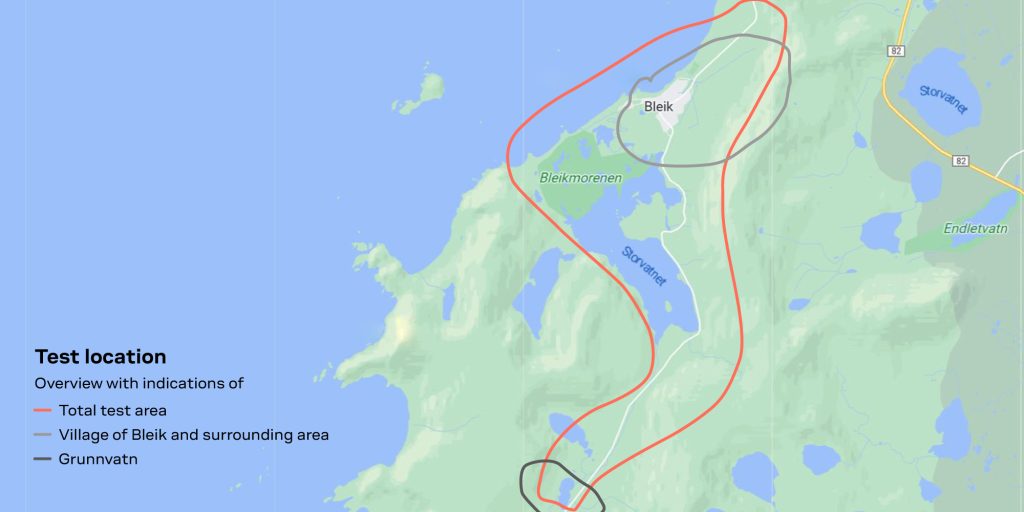A step further in improving the resilience of receivers against RF interference
What is GNSS/GPS jamming and spoofing?
Improvements in technology open gates to threats, especially when it comes to digital technology. Weak GNSS/GPS signals are susceptible to interference. This can occur in two ways: jamming or spoofing the signal. GNSS/GPS jamming is the interference on frequencies from external sources. It can provoke the receiver to lose the position information. The second threat, spoofing, happens when fake GNSS/GPS signals interfere with a receiver, thus deceiving users by displaying distinct locations or times.
GNSS/GPS jammers and field tests
More and more often, we hear about jamming and spoofing GNSS/GPS signals. The awareness of these threats keeps rising. Thus, the current state demands doubling down efforts to implement anti-jamming and anti-spoofing solutions.
Experts have assessed GNSS/GPS anti-jamming and anti-spoofing functionalities in controlled environments (laboratories) for more than ten years. These tests, however, cannot analyze and cover all aspects of the receiver’s behavior under jamming or spoofing attacks. For this reason, field test verifications are essential; they serve to complement laboratory testing. Outdoor tests support:
- Identifying characteristics of typical jamming and spoofing signals in a real user environment.
- Verifying the receiver’s anti-jamming and anti-spoofing capabilities.
- Understanding how receivers behave in the presence of jamming and spoofing under dynamic conditions.
These points are essential to recognize gaps and hence improve the receiver’s resilience.
For engineers, going from the laboratory to the roads becomes challenging due to the protection of GNSS frequency bands; broadcasting RF signals in GNSS frequency bands is illegal unless authorities grant special permission. Therefore, this is the second time the Norwegian authorities have organized a field test such as Jammertest 2022. Thanks to their efforts, GNSS manufacturers and other technology suppliers from all over Europe can leverage such a convenient event.
The test
The Northern shore of Norway was the scenario for Jammertest 2022. In conjunction with Norwegian authorities, a group of experts embarked on an enterprise to evaluate GNSS/GPS jamming and spoofing under normal atmospheric conditions.
Over one hundred people gathered for a week to evaluate their equipment under intense jamming and spoofing activity. The tests took place on different roads and in various weather conditions. Three main location areas were the scenario to jam and spoof subsets of frequency bands: a high-jammer test area and two low-effect jammer test areas.
The Norwegian communications authority or the police confiscated most GNSS/GPS signal jammers for the event. However, some were found online, although not meant for public use.
The tests were split into two categories: Jamming scenarios and Spoofing scenarios. Jamming tests were further divided into two groups; a high-effect jammer with CW and PRN (BPSK-modulated) jamming signals and low-effect jammers (broadband sweep-types). As for spoofing tests, experts considered two categories: basic and advanced attacks. Fundamental attacks encompassed the spoofing of L1 C/A satellite signals by evaluating a given position and time. Advanced attacks involved synchronized open-air GPS L1 spoofing signals under different time frames (time step, frequency step, or false leap second). The following table shows the diverse types of tests and specifications used during this experimentation week.


